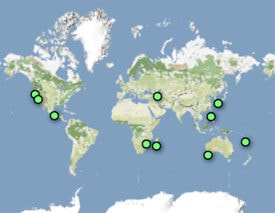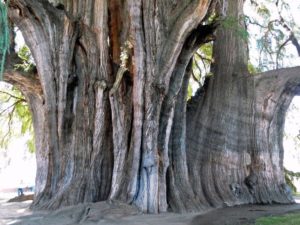 In short
In short
In Lomteuheakal village is located a giant and beautiful banyan tree which has one of the thickest trunks in the world. The circumference of this tree might reach or exceed 26 meters.
 44.0%
44.0%
GPS coordinates
Location, address
Alternate names
Species
Circumference
Diameter
Map of the site
If you see this after your page is loaded completely, leafletJS files are missing.
 In detail
In detail
Fig trees
Fig trees (Ficus) have more than 850 species and are very diverse – smaller plants, shrubs, and also trees, which grow in tropics all around the world. Several kinds of fig trees belong to the largest trees in the world, such as the Millenium Tree in Maria Aurora (Philippines) which has a trunk circumference of some 32 – 45 m.
Chinese banyans
One of the most common fig trees is the Chinese banyan (Ficus macrocarpa L.f.) which grows in South-Eastern Asia, China, Australia, and many islands in Oceania.
Chinese banyan, for the most part, grows as banyan – with many trunks scattered over a large area. Nevertheless, it happens that the Chinese banyan has its own central trunk and such trees can be extremely large.
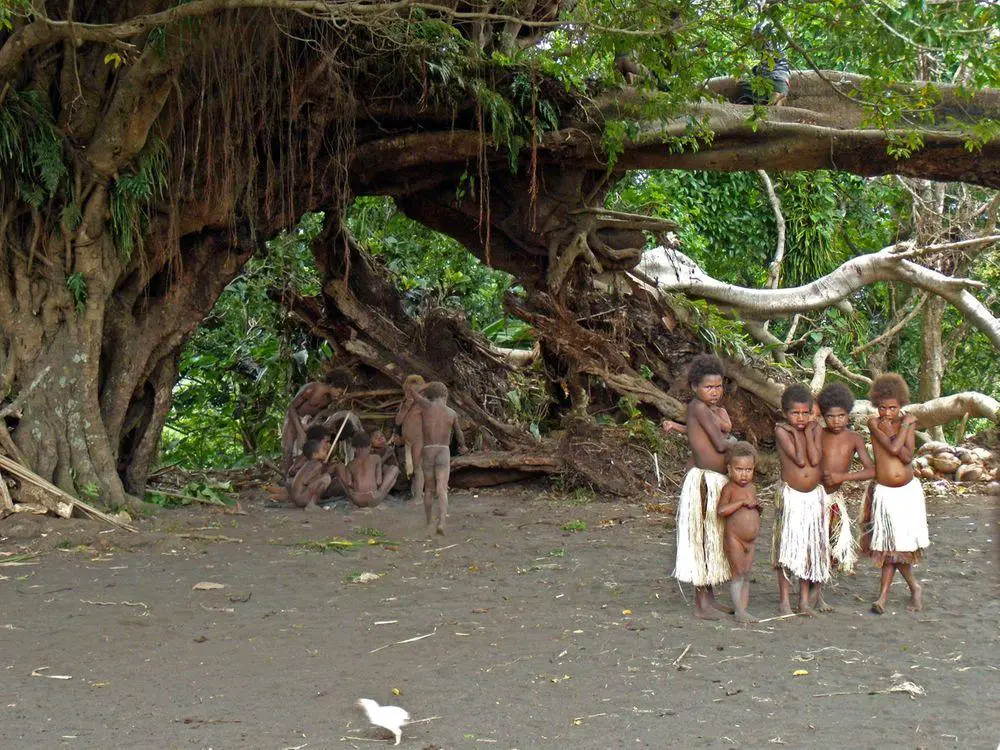
Banyans of Tanna
Some of the largest Chinese banyans (locally called nepuk) grow on Tanna – a gorgeous island in Vanuatu. Sometimes there is mentioned that these trees belong to Ficus prolixa species.
This island has preserved its own traditional way of life, which elsewhere in Oceania is remembered just in the books and tales from the 19th century. Here still are revered ancient rites, locals believe that spirits of the deceased still travel their mysterious ways, and, of course, the giant banyan trees still serve as the centers of traditional villages.
In the central part of Tanna are traditional villages where local people live as if there is no modern age – so-called kastom villages.
Banyans there sustain many kinds of life – many types of insects are associated with them, in the trees live numerous birds, and there grow many kinds of other plants, lichens, and fungi. But according to local beliefs, there are also other kinds of beings – there are tales about diverse spirits living in the trees.
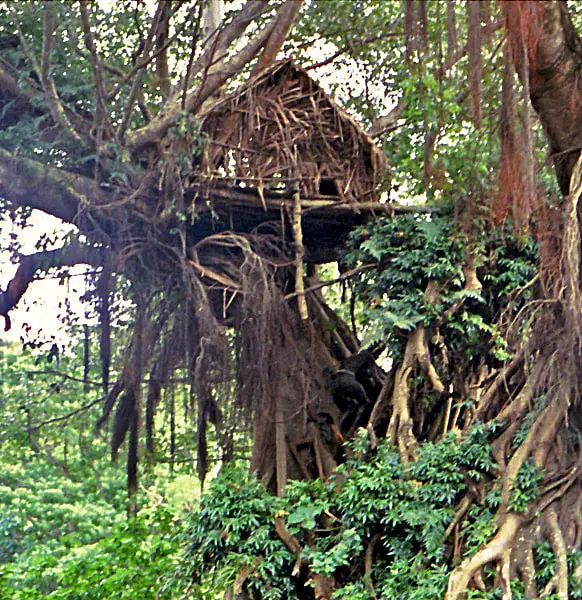
Some Tanna banyans belong to the largest trees in the world. Thus, locals believe that Kaluas banyan some 6 km to the south of Lomteuheakal is the largest tree in the world. Kaluas is an amazing banyan with many trunks and it is even hard to understand where is the main trunk. The circumference of this aggregation of trunks is 170 m.
Some giant banyan trees are used for ritual purposes, with small houses built in them, e.g. in Yakel village boys after the circumcision live in a house built on the top of a giant banyan tree. At the foot of this giant people gather in the evenings, drink kava, and dance. Such a place is called nakamal or yimwayim.
Lomteuheakal banyan
Lomteuheakal is not exactly the most traditional village as it is located on a road that crosses the island and is a popular tourist route. But this place most certainly has a traditional flavor. The centerpiece of this village is a giant banyan on the road. Next to the banyan is a marketplace (former nakamal?) where locals are trading fruits and vegetables. The tree seems to be a popular gathering place.
Banyan in Lomteuheakal has a single central trunk which looks very impressive. Wondermondo has not found information about the circumference of this tree but there are multiple images with people standing next to the tree. Thus it is easy to compare the height of people with the diameter of the tree: the diameter of the tree is at least 8 m but most likely a bit more. Thus we can assume that its circumference is 26 m or more.
These are very approximate assumptions – but this is sufficient information to conclude that banyan in Lomteuheakal has one of the thickest tree trunks in the world.
References
- Joël Bonnemaison. The Tree and the Canoe: History and Ethnogeography of Tanna. 1994.
Some images of Banyan in Lomteuheakal
- Image by Bronwen Lee, taken in October 2013, Flickr
- Image by meyerak with many happy villagers, taken in November 2006, Flickr
- Image by whitwirth images, taken in December 2012, Flickr
- Image by Helena Jinx, taken in March 2010, Flickr
- Image by Dave and Ruth Clayton, taken in June 2008, Flickr
Banyan in Lomteuheakal is included in the following lists:
 Linked articles
Linked articles
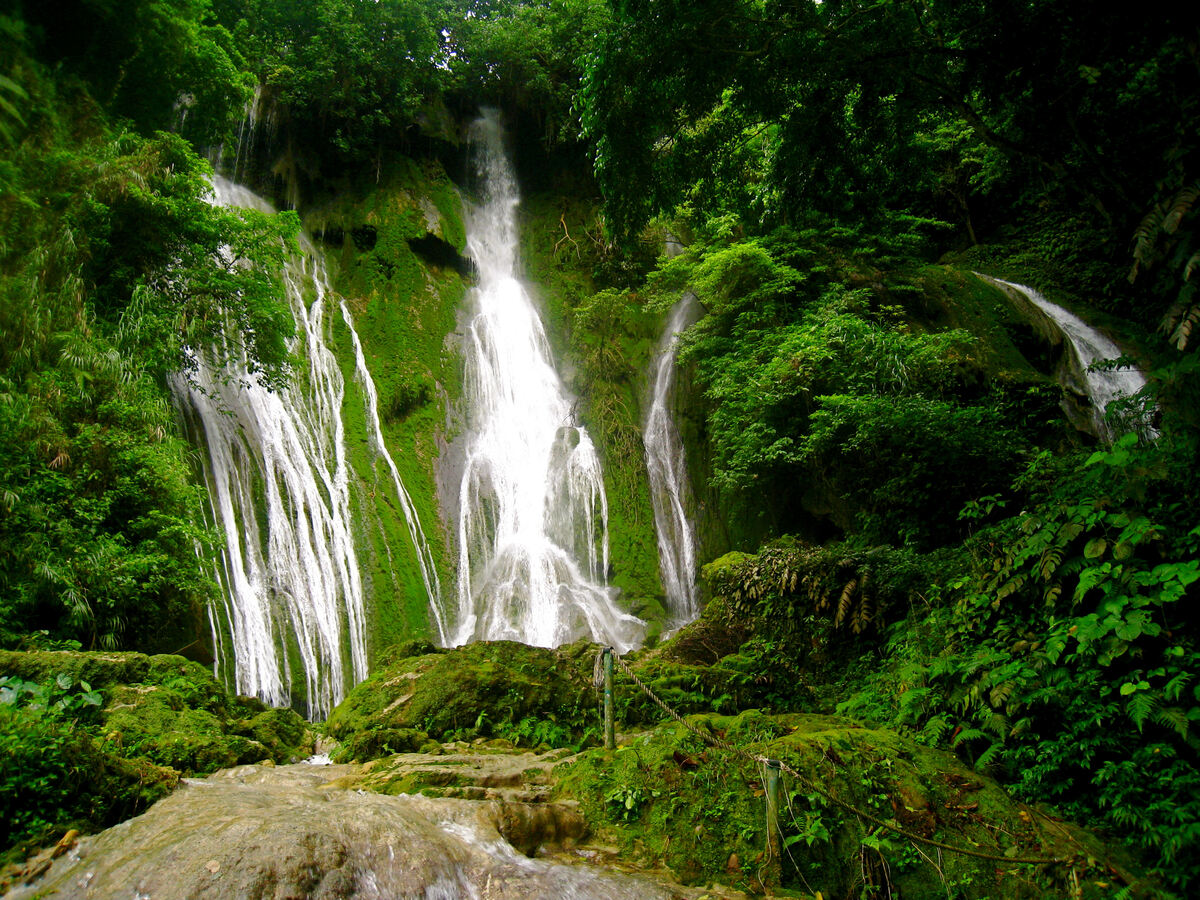
Wonders of Vanuatu
Vanuatu is a beautiful and impressive country. The people of Vanuatu should be praised for the preservation of the natural landscape and their traditions thus showing that there is a noble alternative to Western civilization.
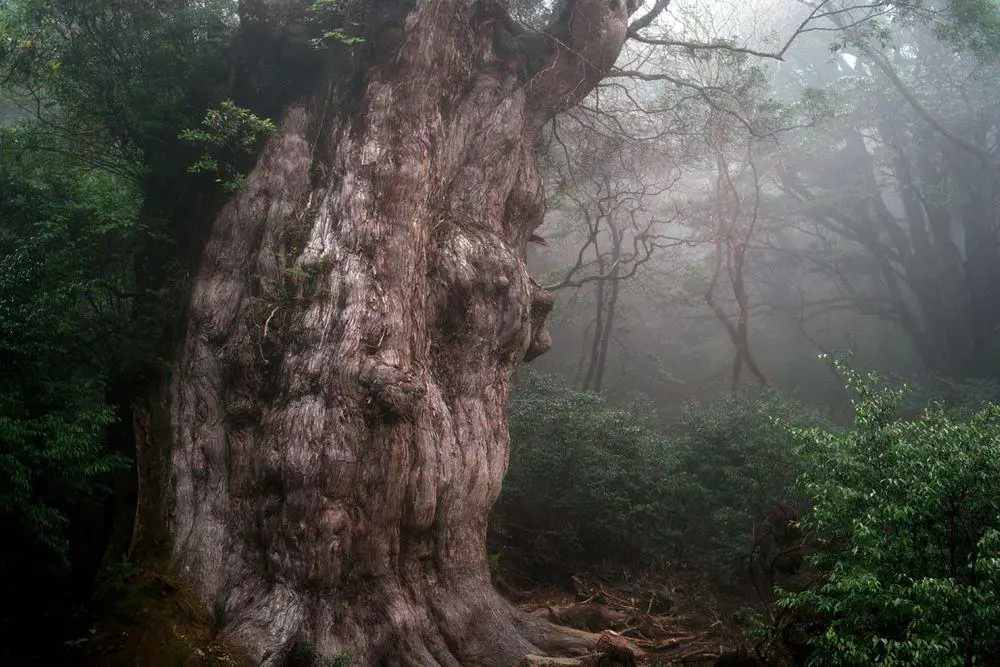
Trees
The category includes some of the most impressive and interesting separate trees in the world. The total number of tree species in the world still is a wild guess – maybe 10,000 and maybe 100,000 but most likely somewhere in between. Every month there are reported new tree species from the whole world, including Western Europe.
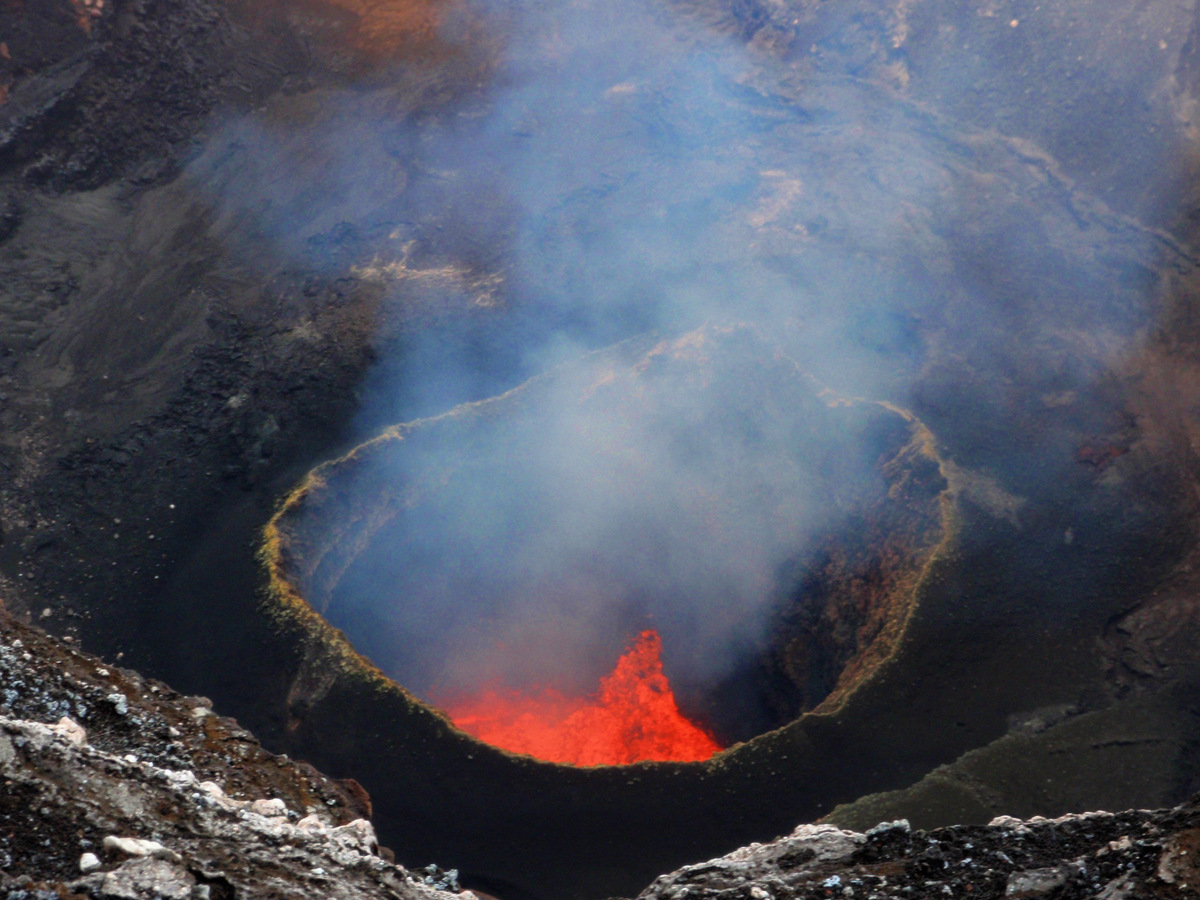
Wonders of Melanesia
The most amazing wonders of Melanesia are caves and sinkholes, very interesting ecosystems, and, especially – sites of unusual legends.
 Recommended books
Recommended books
Lonely Planet Vanuatu & New Caledonia
Lonely Planet Vanuatu & New Caledonia is your passport to the most relevant, up-to-date advice on what to see and skip, and what hidden discoveries await you. Stare into the volcanic cauldron of Vanuatu’s Mt Yasur; eat snails by turquoise coves on New Caledonia’s Ile des Pins; or discover the traditional tribal culture, all with your trusted travel companion.
The Tree and the Canoe: History and Ethnogeography of Tanna
Swooping down on the world like a scythe, westernization has devastated local cultures and made uniformity commonplace. The Pacific islands sustained the shock with a force perhaps unequaled anywhere else in the world. Their limited size and small population, coupled with the violent epidemics that took thousands of lives, lowered Islanders’ ability to resist. To keep the external world at bay, they had to create a world of their own.

